stimulates eyes, ears, and coordination
Although the vestibular system primarily responds to movements of the head, it also responds to sensory input from the ears and eyes. Signals within the vestibular system are protective. When stimulated, these signals work together on the muscles of the body to position the head into an upright position.
When stimulated, the vestibular system tends to prompt all of the other sensory systems of the body to pay attention to sights and sounds of the environment. For example, an object can be seen as something to either avoid or engage and plans for movement can then be made accordingly.
The vestibular system is being used to activate vision in the photo below.
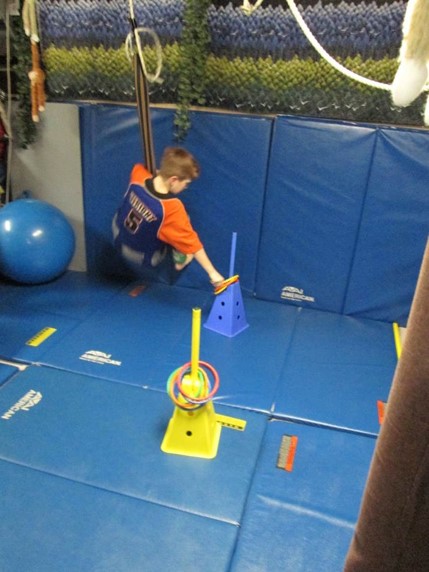
This boy is using a moon swing to improve his visual motor coordination. The activity is set up to use both targets to motivate greater use of vision to guide the timing, force, and direction of his motor moves.
The vestibular system is being used to activate language In the photo below. The youngster is using gentle swing sway to prompt visual regard and decoding skills to help identify the puzzle pieces.
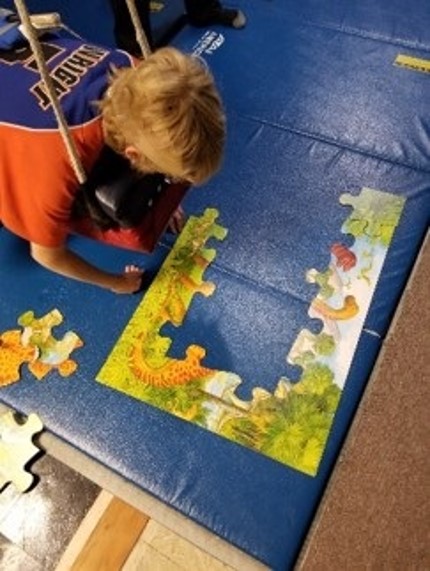
Stimulating the vestibular system automatically results in a domino effect that stimulates the visual system as well as the language system. This domino effect causes the muscles that move the eyes to focus with intent upon visual images in the environment. This effect also prompts the language system to retrieve memories of the names of objects that were connected with similar images in the past. From there, the domino effect helps brain pathways retrieve motor plans and intentions that were brought into play when these images were last seen.
The vestibular system is being used to activate coordinated movement in the photo below. This youngster is focusing on carefully planned leg movements. However, note that the head, neck and arms are also involved in coordinated effort to dribble the ball.
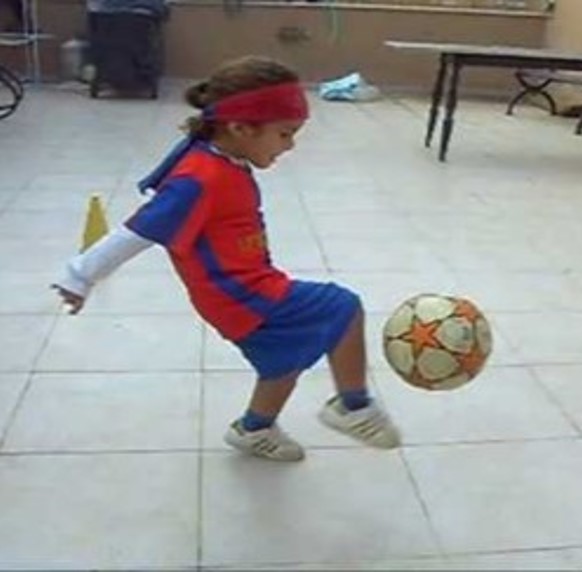
When stimulation of the vestibular system brings integration of vision, language, and motor systems together, this is referred to as the Activation of the Vestibular Triad.
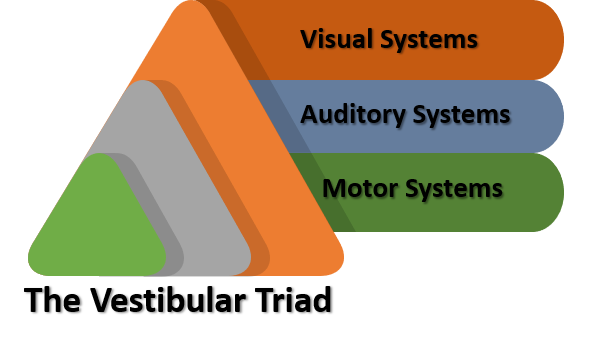

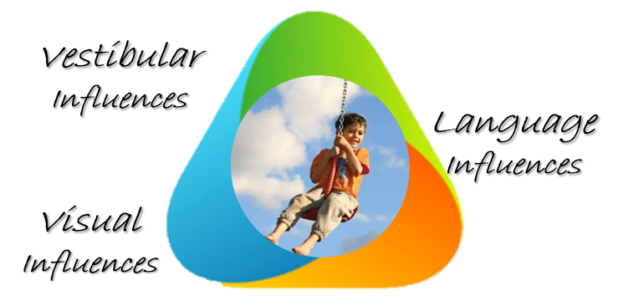
Comments are closed.